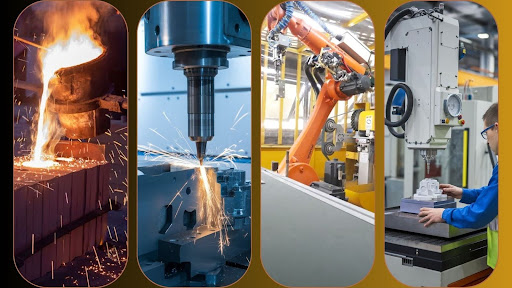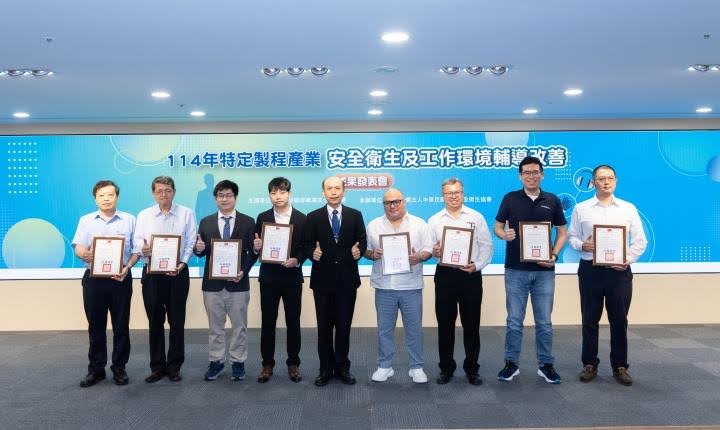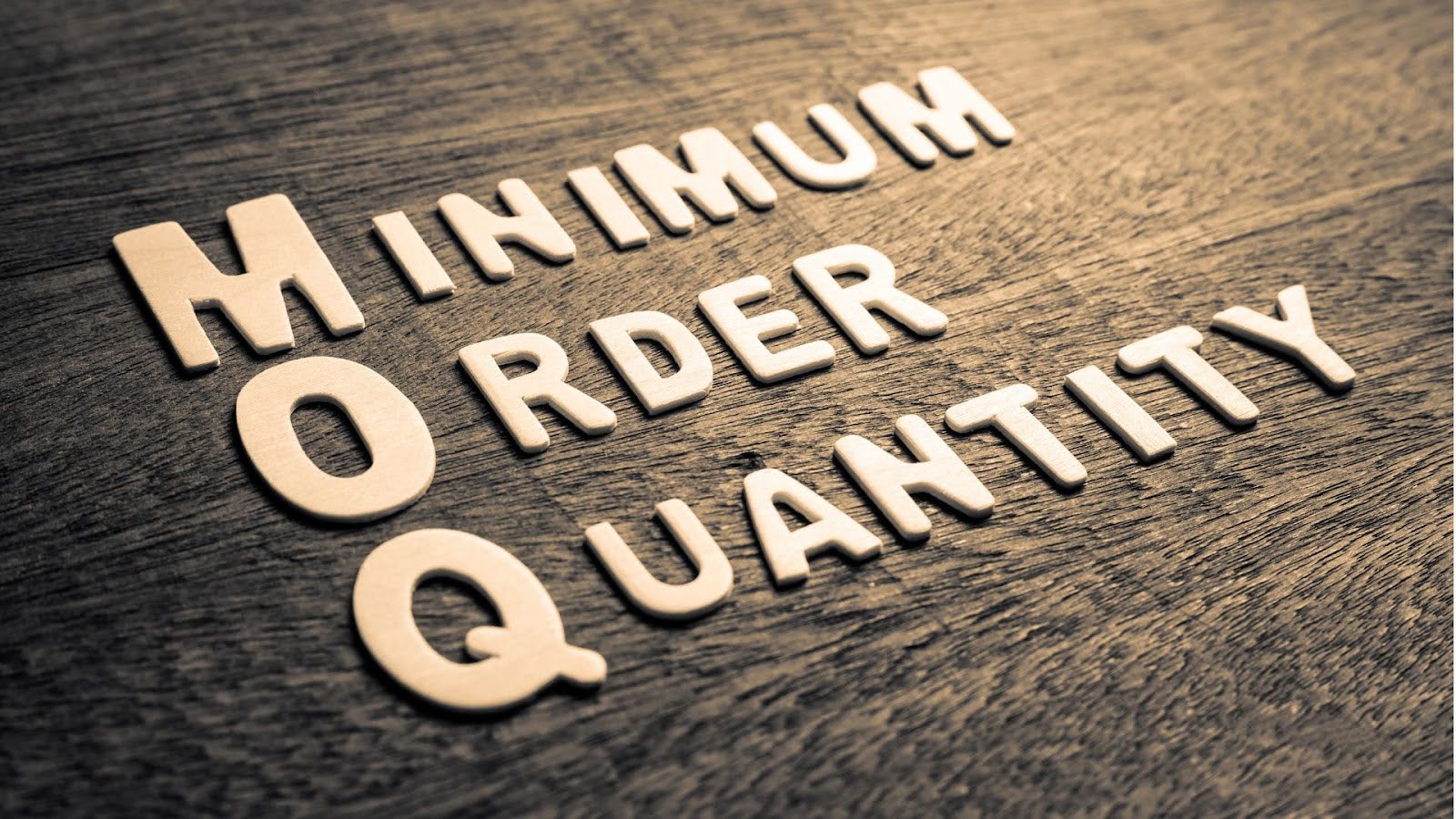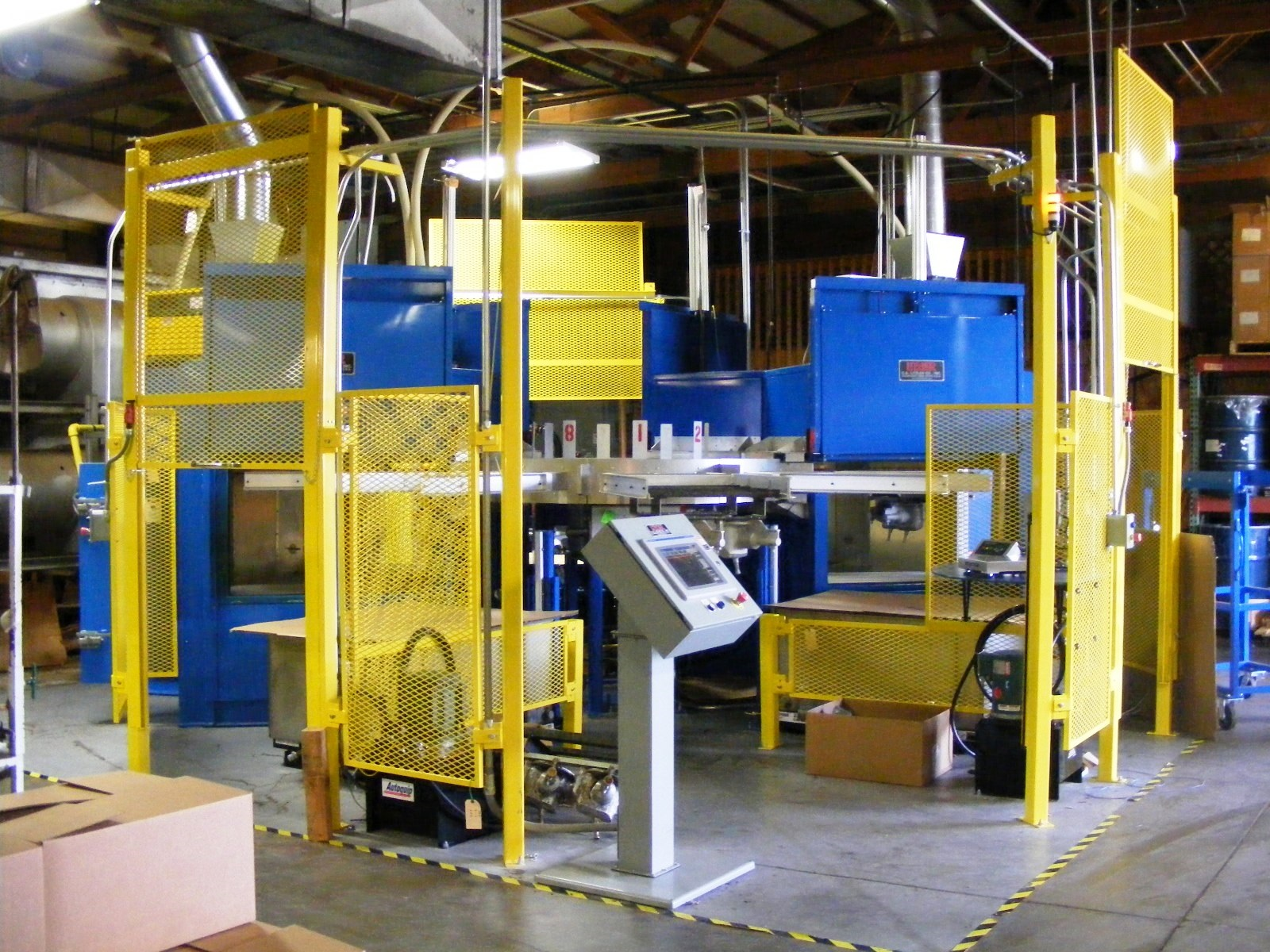As a leading investment casting supplier and precision machining manufacturer, Waterson Corporation understands that choosing the right partner goes far beyond comparing quotes. Global buyers need a qualified supplier with technical expertise, production reliability, and integrated processes to meet demanding application standards.
Whether you’re sourcing machined castings for marine systems, petrochemical plants, or industrial machinery, each part must go through a tightly controlled precision machining process. For procurement professionals and engineers in markets like the UK, Australia, and Southeast Asia, technical terms and manufacturing jargon can often be a barrier. That’s why we’ve compiled all the machining glossary of essential casting terms—to help you interpret the specifications, assess supplier competence, and make informed sourcing decisions.
Table of Contents
Toggle- A Accuracy
- C CAD (Computer-Aided Design)
- CAM (Computer-Aided Manufacturing)
- CNC (Computer Numerical Control)
- CNC Milling
- CNC Turning
- Coordinate Measuring Machine (CMM)
- E EDM (Electrical Discharge Machining)
- G Grinding & Lapping
- H Horizontal vs Vertical Machining
- M Machining Centre
- Milling
- Multi-Axis Machining
- P Process Capability
- R Repeatability
- S Surface Roughness
- T Tolerance
- Turning
- Turning Centre
- Why Understanding These Investment Casting Glossary Matters
- How Outstanding Are Waterson Investment Casting Methods
- Waterson Stainless Steel Investment Casting Solutions
A
Accuracy
The closeness of a measurement to its intended value. In real-world manufacturing, we often rely more on terms like tolerance, repeatability, and process capability to evaluate machining results.
C
CAD (Computer-Aided Design)
The closeness of a measurement to its intended value. In real-world manufacturing, we often rely more on terms like tolerance, repeatability, and process capability to evaluate machining results.
CAM (Computer-Aided Manufacturing)
Converts CAD files into instructions that guide CNC machines for accurate and efficient production.
CNC (Computer Numerical Control)
A machining process where a rotating cutter removes material from a stationary workpiece. Commonly used to produce flat surfaces, slots, pockets, and complex contours.
CNC Milling
A machining process where a rotating cutter removes material from a stationary workpiece. Commonly used to produce flat surfaces, slots, pockets, and complex contours.
CNC Turning
Used to create cylindrical parts. The workpiece rotates while the cutting tool shapes ideal for shafts, threads, and round components.
Coordinate Measuring Machine (CMM)
Used for dimensional inspection of machined components. A touch-trigger probe captures data points to ensure the part matches design intent.
E
EDM (Electrical Discharge Machining)
A precise method of shaping hard metals using electrical sparks. Especially useful for complex geometries or materials that are difficult to machine mechanically.
G
Grinding & Lapping
Post-machining finishing techniques used to improve surface quality and dimensional accuracy. Essential for tight-tolerance components and sealing surfaces.
H
Horizontal vs Vertical Machining
Refers to the spindle orientation of a machining centre. Horizontal machining is ideal for multi-sided, complex parts; vertical machining offers accessibility and faster setups for many applications.
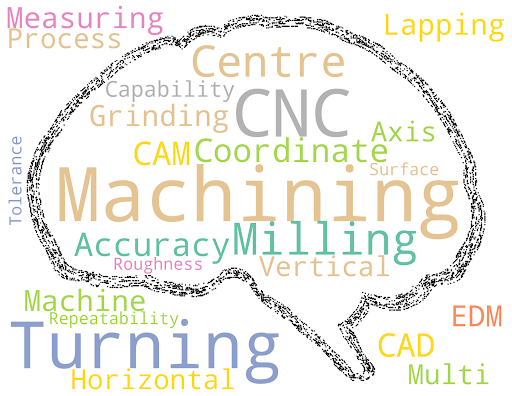
M
Machining Centre
A multi-functional CNC machine capable of milling, drilling, and tapping in one setup. A core element of vertical integration strategies to increase throughput and reduce errors.
Milling
A subtractive process using a rotating tool to remove material. Advanced milling machines offer up to five axes for increased flexibility.
Multi-Axis Machining
Enables simultaneous movement along four or five axes, allowing to produce intricate geometries in one setup—ideal for investment casting components requiring complex secondary operations.
P
Process Capability
A statistical measurement of how consistently a machining process can produce parts within specified tolerance limits.
R
Repeatability
The degree to which a machining or inspection process produces consistent results across multiple parts or cycles.
S
Surface Roughness
Measured using Ra or Rz, this indicates the fine irregularities of a surface after machining. Critical for parts exposed to wear, sealing, or corrosive environments. In investment casting components used in hydraulic systems, valves, and sealing interfaces, excessive roughness can lead to sealing failure, leakage, or accelerated wear. That’s why post-processing is often applied to meet strict surface finish requirements and enhance long-term sealing performance.
T
Tolerance
Specifies the permissible range for a dimensional value. For example, 50.00 mm ±0.05 mm means the acceptable size is between 49.95 mm and 50.05 mm.
Turning
A process using a lathe or turning centre to remove material from a rotating workpiece. Used to create round profiles or reduce part diameter.
Turning Centre
An advanced CNC lathe equipped for multiple operations, including turning, facing, and threading, often with automated tool changes.
Why Understanding These Investment Casting Glossary Matters
When working with a qualified supplier, especially across borders, understanding these key metal casting terms gives you an edge. It helps you assess technical fit, align expectations, and ensure quality standards are met from the first prototype to final production.
Working with a qualified supplier like Waterson Corporation ensures more than just competitive pricing. Through exceptional machining capabilities, vertical integration, and over 100 patented technologies, we deliver end-to-end manufacturing solutions, from investment casting to final precision finishing.
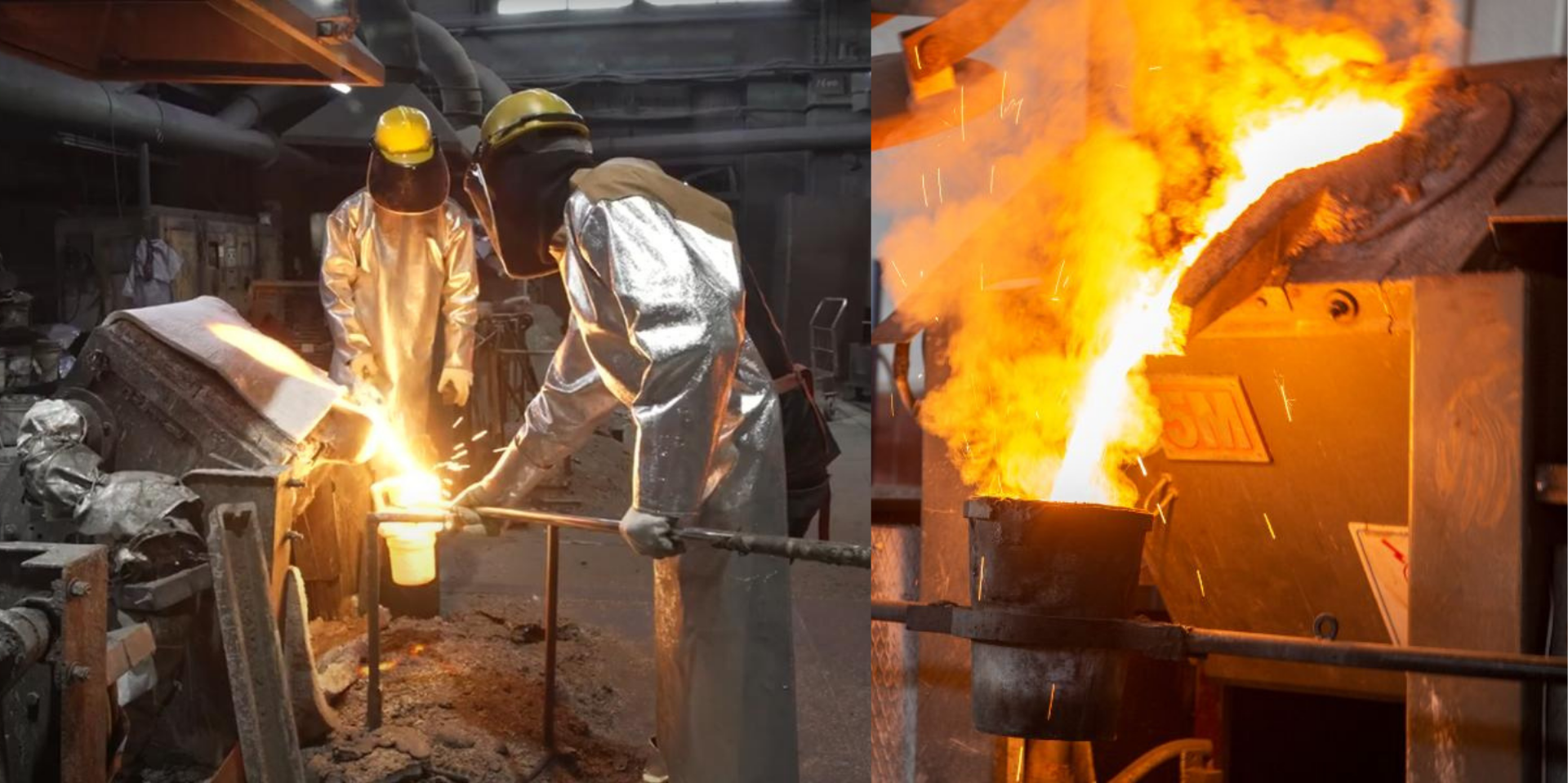
How Outstanding Are Waterson Investment Casting Methods
Waterson Corporation is a leading metal products manufacturer specializing in components for the most challenging global applications. Clients benefit from Waterson’s investment casting process, which excel in precision, durability, and surface quality—delivering unmatched reliability and performance across diverse applications.
- Precision Casting: Intricate, robust components for demanding industries.
- Superior Finish: Near-perfect surfaces with minimal processing
- ISO 2768 Standard: Exceeds aerospace, marine, and petrochemical benchmarks.
- Versatile Materials: Tailored solutions in stainless steel and alloys with efficient material cost.
Waterson Stainless Steel Investment Casting Solutions
Waterson Precision Investment Casting is a wax-based foundry located in Taiwan specializing in stainless steel precision casting. It delivers high-volume, consistently high-quality castings to industries such as door hardware, petrochemicals, medical equipment, marine, hand tools, and food equipment. With an impressive 95% above self-production rate, Waterson’s production line encompasses mold design, fluid analysis, wax model creation, shell making, dewaxing, metal pouring, post-processing (e.g., acid pickling, alkaline treatment), sandblasting, heat treatment, machining, assembly, and packaging. Its stainless steel production line supports materials such as 304 (CF8), 316 (CF8M), and 17-4 stainless steel. Currently, there is available production capacity—feel free to contact info@waterson.com.



